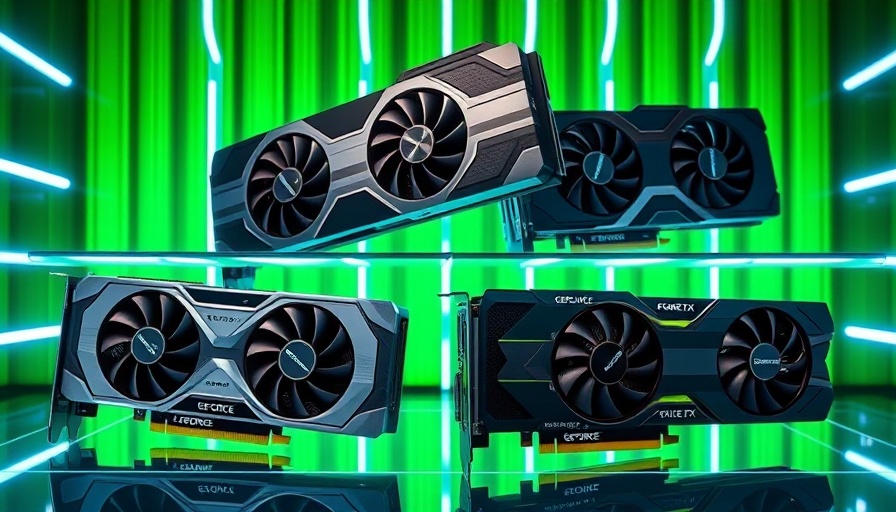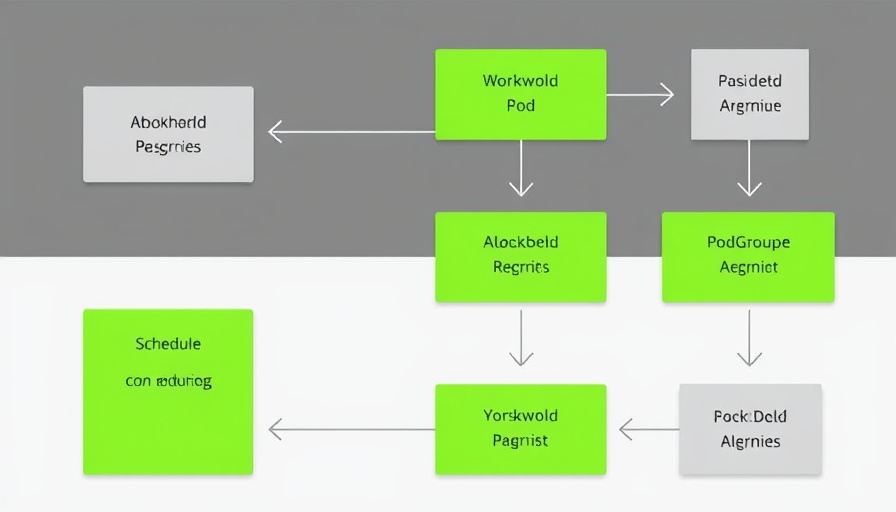
NVIDIA's Latest Driver Woes: Understanding the Black Screen Dilemma
NVIDIA’s recent driver update, specifically version 572.60, was meant to address the long-standing black screen issues encountered by users of its RTX 50 series GPUs. However, rather than providing a solution, it appears to have exacerbated the problem for many gamers, leading to increased frustration within the community. Reports indicate that the latest update not only failed to resolve black screen issues but has also introduced more crashes, particularly in games that utilize Multi-Frame Generation (MFG).
How Did We Get Here? The Background of the Issue
The black screen issue first emerged after the launch of NVIDIA's RTX 5090 GPUs, causing considerable hiccups in gaming performance. Initial attempts to resolve this, including the 572.60 driver update, claimed to fix related problems such as blue screen crashes and application stutters. Yet, despite the assurances, many users have reported ongoing issues, suggesting that the drivers are not entirely compatible with the gaming titles popular within the community.
Evidence from Users: Frustrations in the Gaming Community
Community feedback has spotlighted a significant concern. One user tweeted about experiencing crashes in games like Death Stranding, emphasizing, "I didn't have issues in earlier drivers, leading me to think it was an overheating problem when my temperatures were actually normal." This narrative resonates with countless other reports from users who find themselves facing persistent crashes and black screens even when using features like DLSS (Deep Learning Super Sampling). The failure persists through subsequent updates, including the 572.65 hotfix driver.
Understanding the Technical Aspects of MFG
The Multi-Frame Generation technology aims to enhance frame rates significantly, creating a smoother gaming experience. However, if the basic driver architecture struggles with compatibility or stability, the features design to improve gaming performance can ironically lead to debilitating issues. According to sources, MFG supports various games, yet the black screen issue primarily surfaces when utilizing the MFG settings at levels like 3x or 4x, presenting a concerning contradiction.
Comparative Perspectives: Historical Context
Historically, NVIDIA has faced backlash in the past regarding driver issues leading to similar gameplay interruptions. For example, past series of drivers encountered issues with older GPUs as well, suggesting a pattern of overlooked compatibility in newer iterations. This raises an essential question: Are the pressures of rapid technological advancement influencing NVIDIA's commitment to thorough testing before rolling out critical updates? The community's sentiment echoes a plea for quality over speed.
Future Implications: What Lies Ahead for NVIDIA Users?
With growing concerns from users and analysts alike, the question remains whether NVIDIA can salvage its reputation amidst these technical challenges. Future updates will be critical not only to rectify current black screen issues but also to restore consumer trust. If these driver interruptions are not effectively managed, NVIDIA may soon find themselves in a precarious position within the competitive graphics card market, potentially influencing user decisions heavily when considering upgrades.
Conclusion: The Call for Action
Gamers facing these issues are urged to revert to previous drivers if ongoing black screen problems persist. Reporting these occurrences through forums can help NVIDIA galvanize efforts to prioritize necessary fixes. Moreover, engaging in discussions on tech platforms can promote a larger awareness surrounding these concerns, encouraging developers to listen and respond to their consumer base effectively.
Ultimately, understanding the intricacies of NVIDIA's technology and advocating for better solutions can contribute to a better gaming experience for everyone involved.
 Add Row
Add Row  Add
Add 




 Add Row
Add Row  Add
Add 

Write A Comment